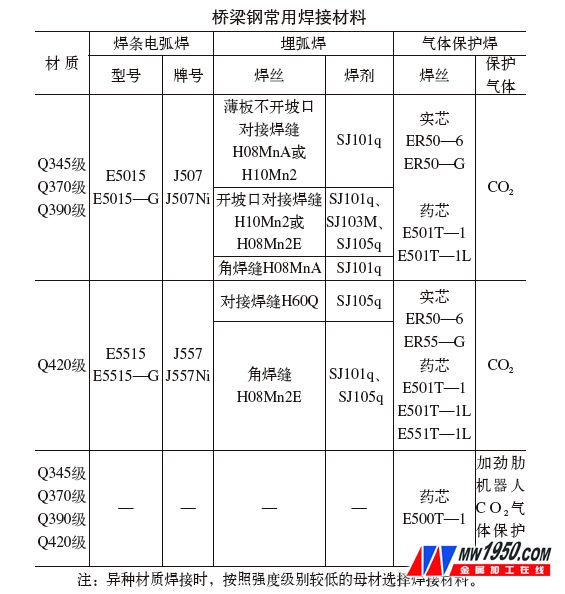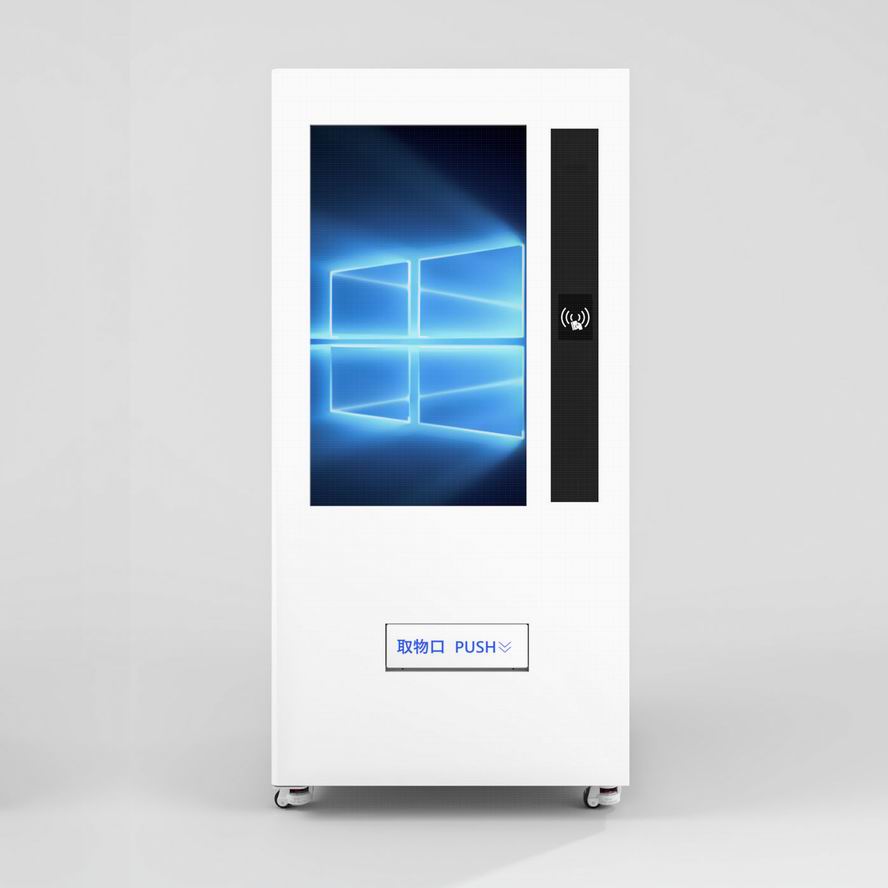The 19th Beijing Essen Welding & Cutting Fair Intelligent Stereoscopic Warehouse Intelligent Stereoscopic Warehouse,Mes Smart Stereoscopic Warehouse Equipment,Full Intelligent High Storage Warehouse,Intelligent Logistical Warehousing Automated Warehouse Jiangsu Xicang Intelligent Technology Co., Ltd. , https://www.xciwarehousing.com


Selection and Thinking of Welding Materials for Bridge Steel Structures
Main Products and Common Welding Consumables
Our company is a leading comprehensive enterprise in the domestic railway turnout and bridge manufacturing industry. We have always been at the forefront of bridge steel structure manufacturing, enjoying a strong reputation both domestically and internationally. We are often referred to as the "cradle of China's steel bridges." Currently, we are involved in the manufacturing of major projects such as the Hong Kong-Zhuhai-Macao Bridge, the Verrazano Strait Bridge in New York, and the Yalu River Bridge.
Domestic bridge structural steel mainly includes Q370 and Q345 grades, with some using Q390 and Q420 grades. These materials comply with the standards for "low alloy high strength structural steel" (GB/T 1591-2008) and "structural steel for bridges" (GB/T 714-2008). Higher strength grades have not yet been widely applied in bridge engineering. The common welding methods used in bridge steel structures include submerged arc welding and gas shielded welding, with a small amount of electrode arc welding being used. The corresponding welding materials are listed in the attached table.
Depending on the structural form of the steel bridges, the proportion of welding materials used varies: For highway steel box girder bridges, gas shielded welding accounts for about 85%, while submerged arc welding is around 15%, and electrode arc welding is approximately 2%. For truss bridges, submerged arc welding is used in large quantities, accounting for about 58%, gas shielded welding around 40%, and electrode arc welding about 2%.
Welding Material Selection Issues Encountered in Production
(1) The selection range of high-quality welding materials is limited. As the strength and toughness requirements of bridge steels continue to rise, there is an increasing demand for high-strength, high-toughness, and low-hydrogen welding materials. For example, the Q420qE steel plate used in the Nanjing Dashengguan Yangtze River Bridge requires a -40°C impact absorption energy of at least 48J for welded joints. For Q345qE and Q370qE steel plates, the -40°C impact absorption energy should be at least 47J. However, the impact toughness of butt welds in thin plates with thickness ≤16mm is difficult to meet. According to welding material standards, the general requirement is -40°C impact absorption energy ≥27J or 34J, which is lower than the mechanical properties of the product welds. Additionally, while high toughness is required, the strength of the weld metal must not exceed that of the base metal, meaning super-strength is restricted. For example, in the Nanjing Dashengguan Yangtze River Bridge, the butt weld strength must not exceed the base metal by more than 100 MPa, and the fillet weld must not exceed it by more than 120 MPa.
As steel bridges move toward higher, heavier, fully welded, and larger section designs, the requirements for crack resistance of welding consumables are increasing, and the diffusible hydrogen content is being reduced. For instance, the Hong Kong-Zhuhai-Macao Bridge requires diffusible hydrogen content ≤5mL/100g, which imposes strict demands on flux-cored wire production. Due to the high cost of R&D and low profit margins, the development of high-quality welding materials in China lags behind the progress of high-performance steel sheets, resulting in a limited number of available high-quality options.
(2) The qualification certificates for welding materials used in foreign projects are incomplete. In recent years, our company has successfully manufactured steel bridges and hydraulic structures in countries such as the U.S., Germany, and Canada. However, due to differences in welding quality management systems, technical standards, and welder qualifications, the requirements vary. For example, EU steel products require CE certification for welding consumables, while American steel products need ABS certification. Canadian steel products require CWB certification. In contrast, Chinese welding consumables typically carry ABS or classification society certifications, but fewer have CE or CWB certifications. This limits the choices available for steel structure manufacturers, and some materials are not produced domestically, requiring importation from abroad.
Expectations and Suggestions for the Future Development of Welding Consumables
(1) Reduce dust, wastewater, noise, and environmental pollution during the production of welding materials.
(2) Improve the processability of welding consumables, reduce smoke during welding, and minimize environmental pollution and risks to welders.
(3) Enhance the formulation of welding materials, improve deposition efficiency, and develop high-efficiency, energy-saving welding consumables.
(4) With the growing use of welding robots and special machines in steel bridge manufacturing, green welding workshops are becoming more common. The demand for gas shielded welding consumables used in these automated systems will increase significantly in the future.
More exciting content Welcome to Metalworking Online》》》Essen Special Report
As a former domestic MRO category manufacturer, independently developed product series: Intelligent Tool Cabinet, Intelligent Tool handle management Cabinet, Intelligent Labor protection equipment management Cabinet, Intelligent Tool management Cabinet, Intelligent Standard parts and consumables management Cabinet, Intelligent Office supplies management Cabinet, etc., widely used in high-end manufacturing fields such as automotive industry, mold manufacturing, engineering machinery, power generation equipment, precision machinery, aviation and automotive industry, mold manufacturing, engineering machinery, power generation equipment, precision machinery, aerospace, medical .Product weight: 120KG
Dimension: 880mm long; 500mm thick; 1950mm high
Grid size: 98mm long; 500mm deep; 120mm high
Screen size: None, follow the main cabinet
Product color: White yellow (customizable)
Capacity: 80 grids
Applicable system: None, follow the main cabinet
Power supply: AC220V/50HZs. We are excited to announce the launch of our newest product line, designed to meet the evolving needs of modern CNC machining operations. This innovative line features advanced features and cutting-edge technology to enhance productivity and efficiency.